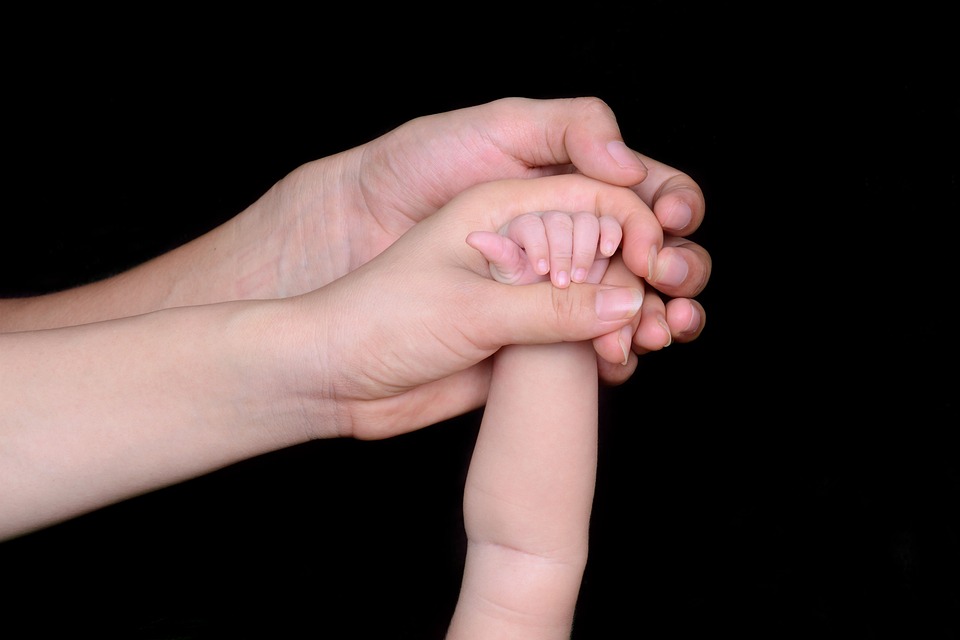As a parent, it can be frightening when you notice something different about your child, especially when it comes to their physical well-being. One condition that may cause concern is torticollis, which is characterized by a twisted neck or tilted head. Understanding this condition and knowing how to address it is important for both you and your child’s health.
What is Torticollis?
Torticollis, also known as wry neck, is a condition where the neck muscles are tight and contracted, causing the head to tilt to one side. This can be a congenital condition, meaning it is present at birth, or it can develop later on due to muscle spasms or injuries. It can be identified by observing your child’s head tilt to one side, limited neck movement, and discomfort when trying to straighten the neck.
Causes of Torticollis
Congenital torticollis is often caused by the position of the baby in the womb or by a traumatic birth, where the muscles or nerves in the neck are injured. Acquired torticollis can be the result of muscle or nerve damage, inflammation, or an injury to the head or neck. It can also develop as a result of prolonged periods of poor posture or keeping the head in one position for too long.
Diagnosis and Treatment
If you suspect that your child may have torticollis, it is essential to consult with a healthcare professional. They will conduct a physical examination to assess the range of motion in the neck and may order imaging tests such as X-rays or MRIs to determine the cause and severity of the condition. Treatment for torticollis often involves physical therapy, stretching exercises, and, in some cases, the use of a neck brace or surgery to release the tight muscles.
How to Support Your Child
Dealing with a child with torticollis can be challenging, but there are ways you can support them through their treatment. Encouraging gentle stretching exercises and providing emotional support can help them feel more comfortable with their condition. It is also crucial to create a supportive environment at home and communicate openly with your child about their condition and treatment plan.
Looking to the Future
With proper treatment and support, the majority of children with torticollis can make a full recovery and go on to lead healthy, active lives. It is essential to stick to the treatment plan outlined by your healthcare professional and to be patient with the process. Remember that every child is different, and progress may vary from one individual to another.
Conclusion
Remember, discovering that your child has torticollis can be alarming, but with the right medical attention and support, it is a condition that can be managed effectively. Take the time to learn about the causes, treatments, and ways to support your child, and don’t hesitate to reach out to medical professionals for guidance. Your child’s well-being is what matters most, and with your love and care, they can overcome any challenge, including torticollis.
FAQs
Q: Can torticollis be prevented?
A: While congenital torticollis may not be preventable, you can help reduce the risk of acquired torticollis by encouraging proper posture and regular movement, especially for children who spend long periods in one position, such as during screen time or studying.
Q: Will my child need surgery for torticollis?
A: Surgery is typically a last resort for severe cases of torticollis that do not respond to other treatments. Your healthcare professional will assess your child’s condition and recommend the most appropriate course of action.
[ad_2]


















コメント